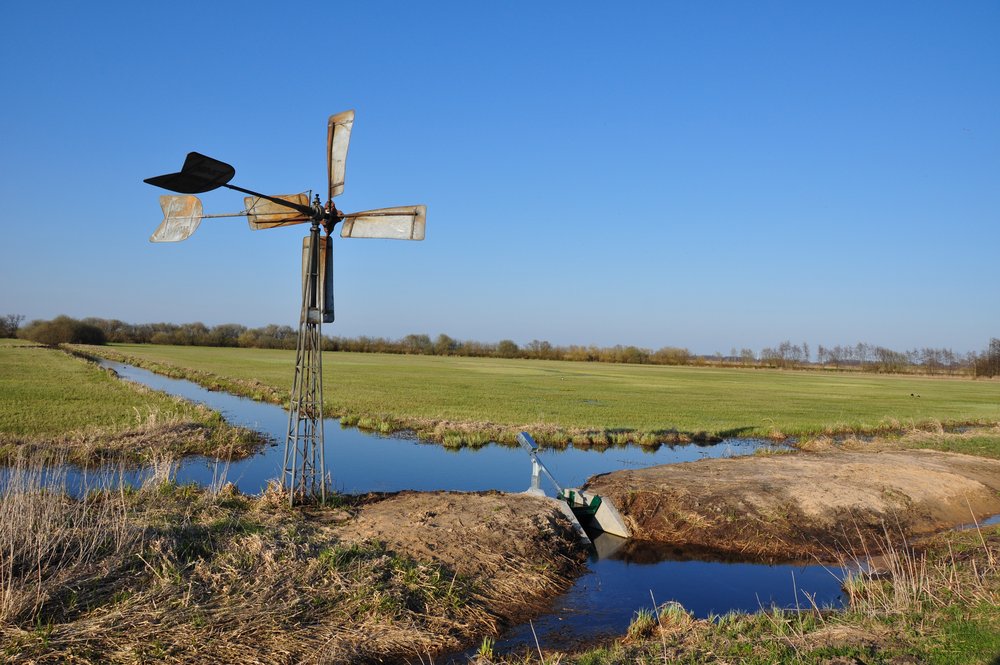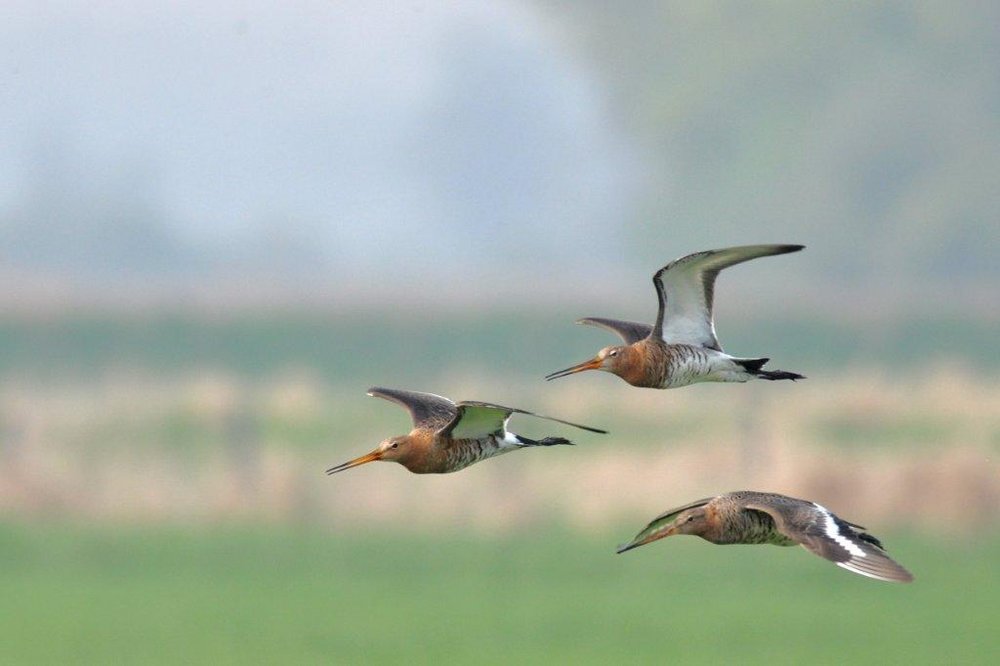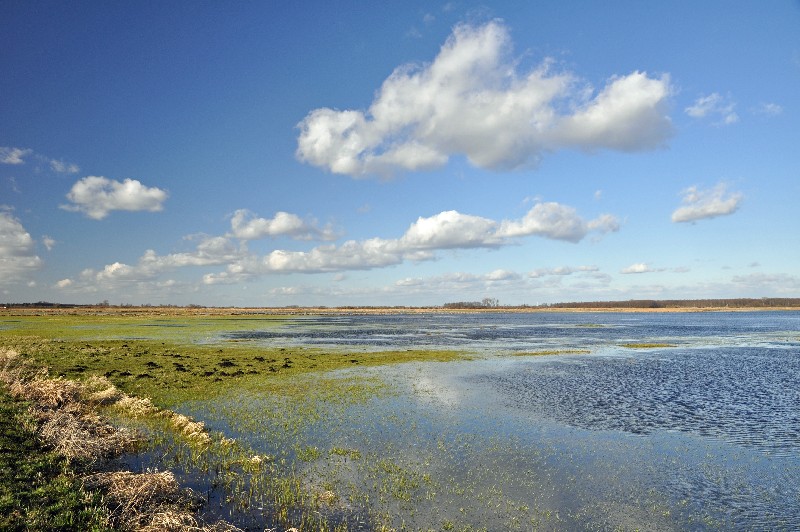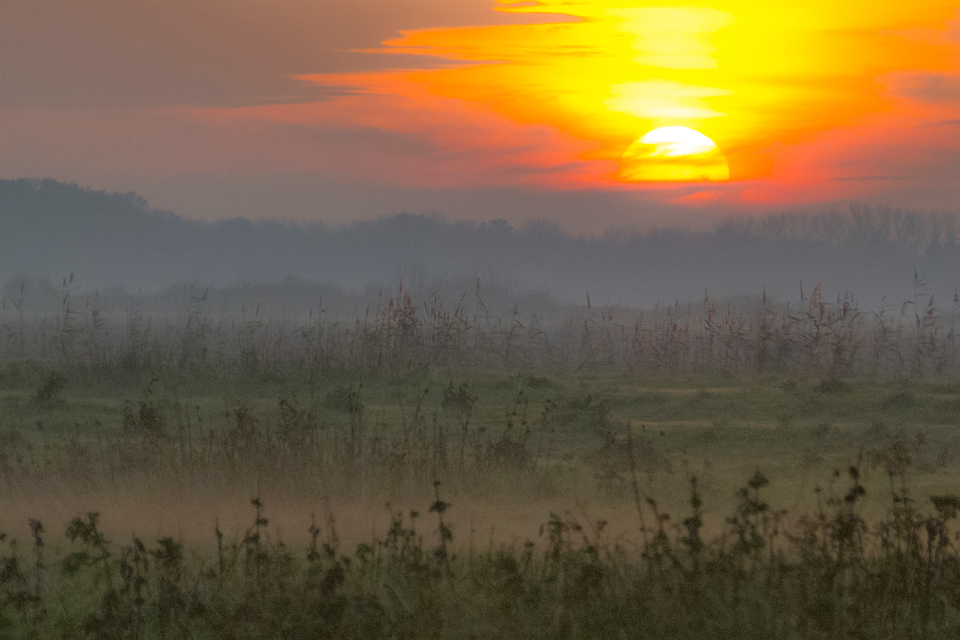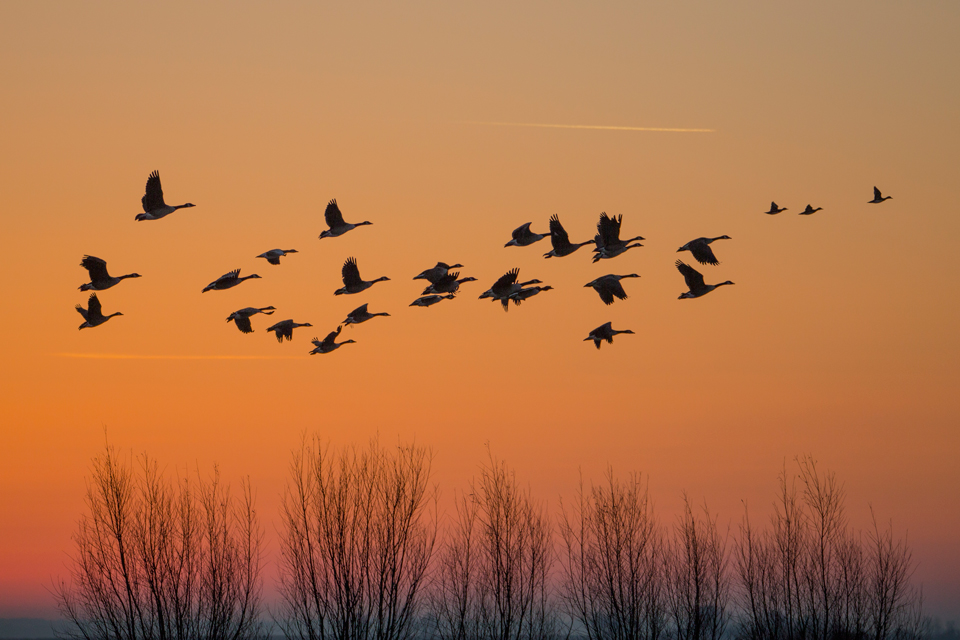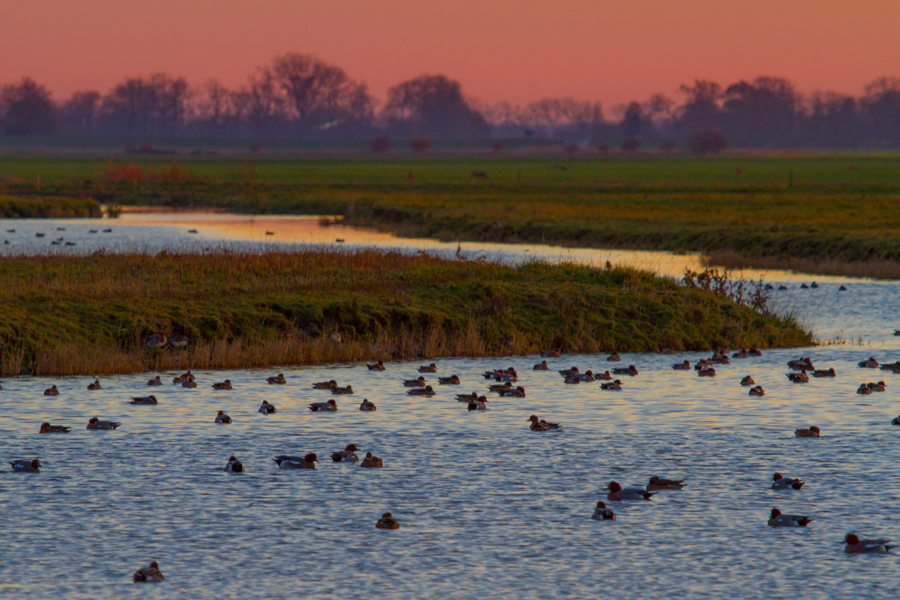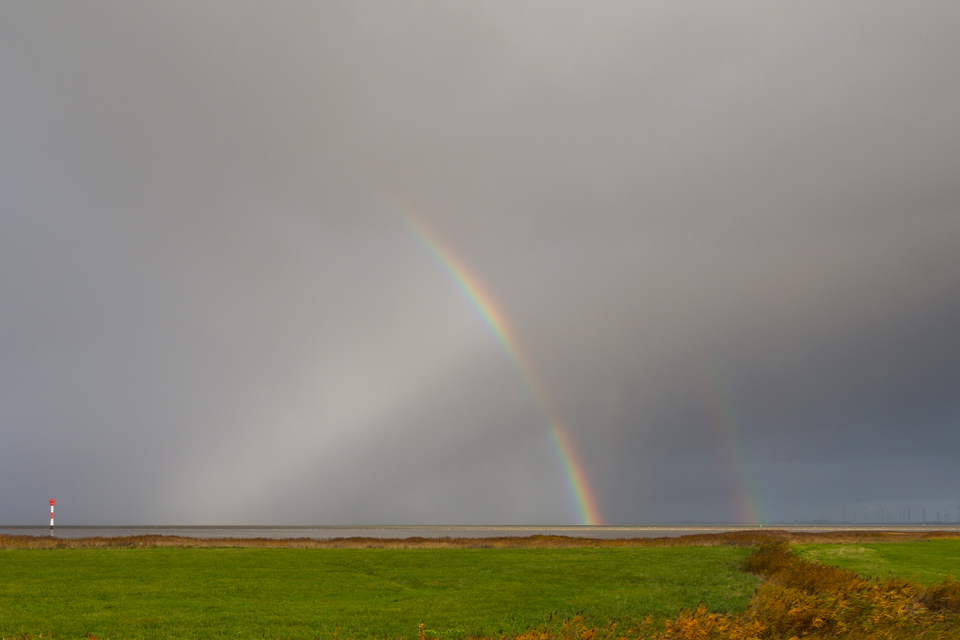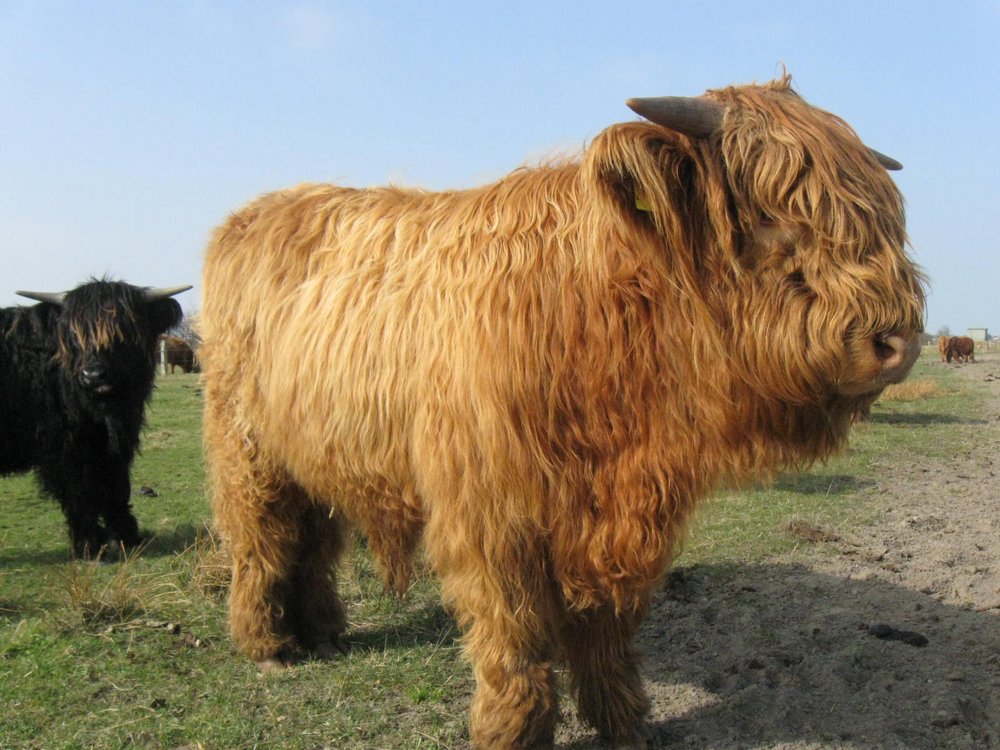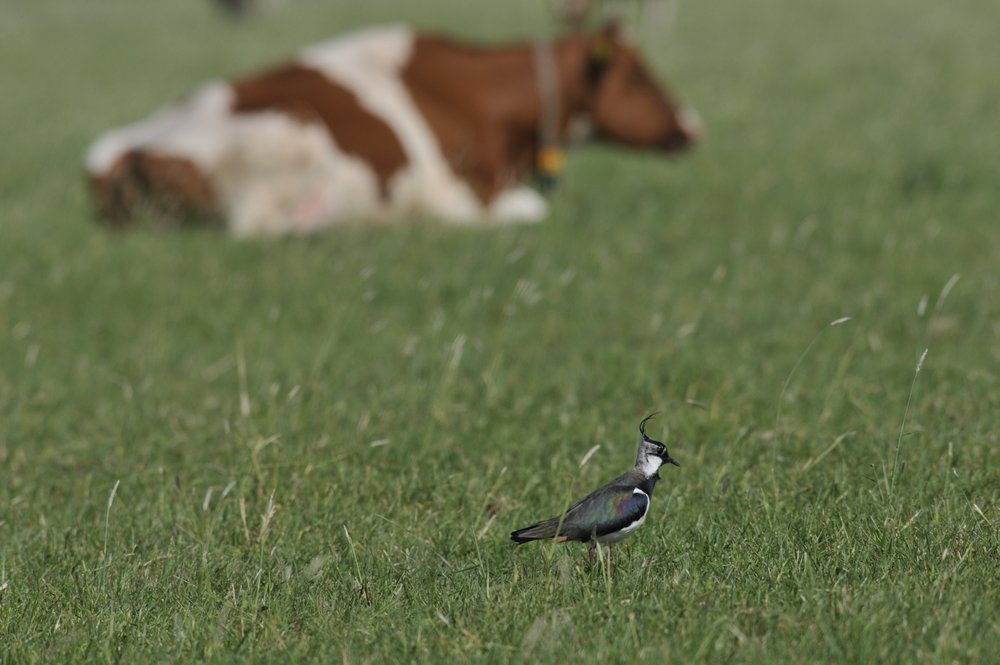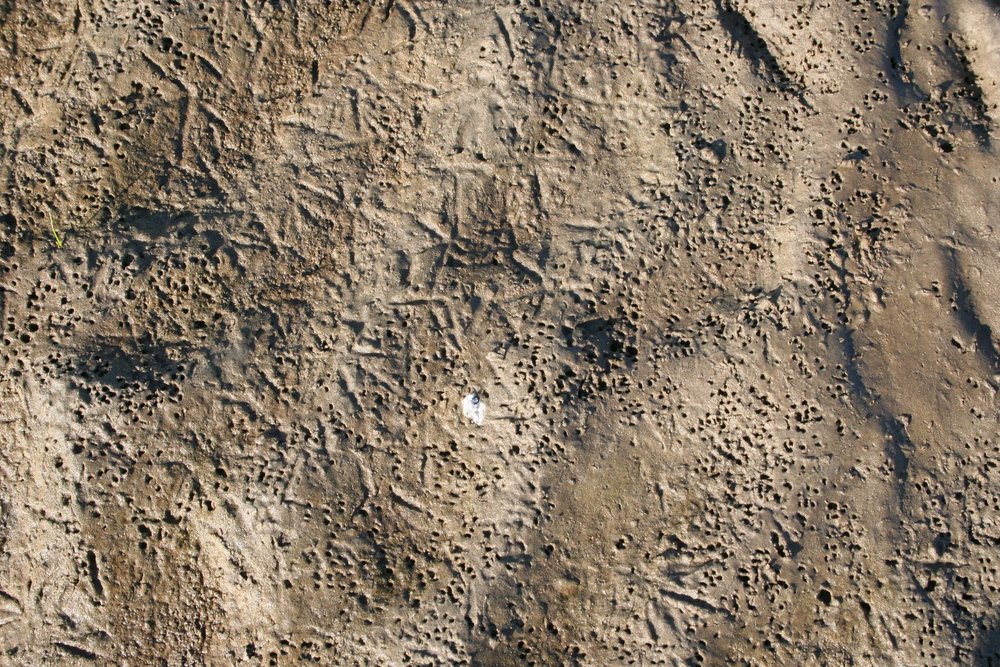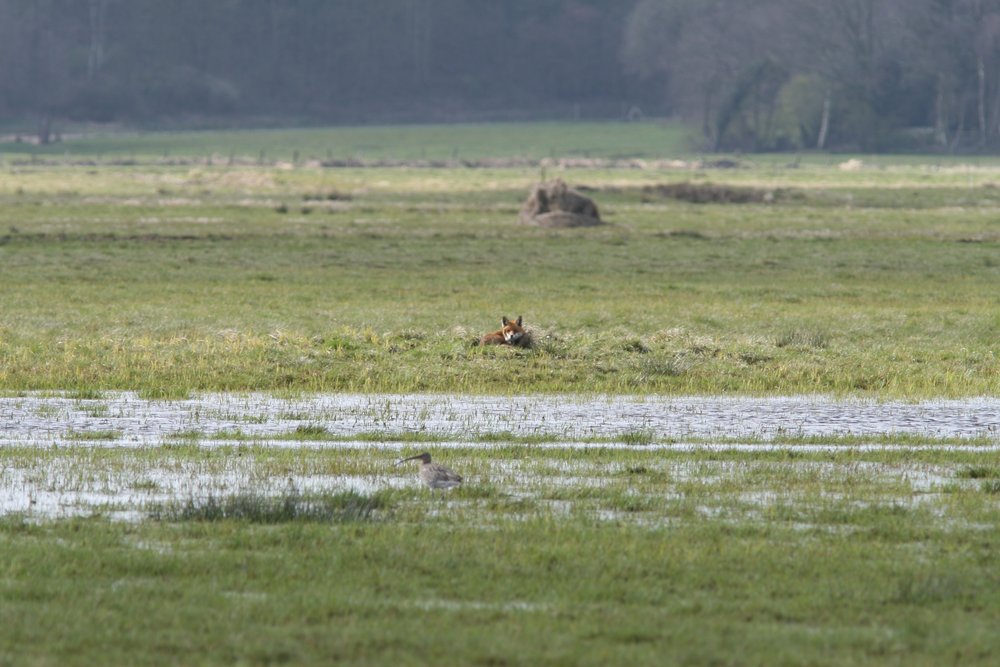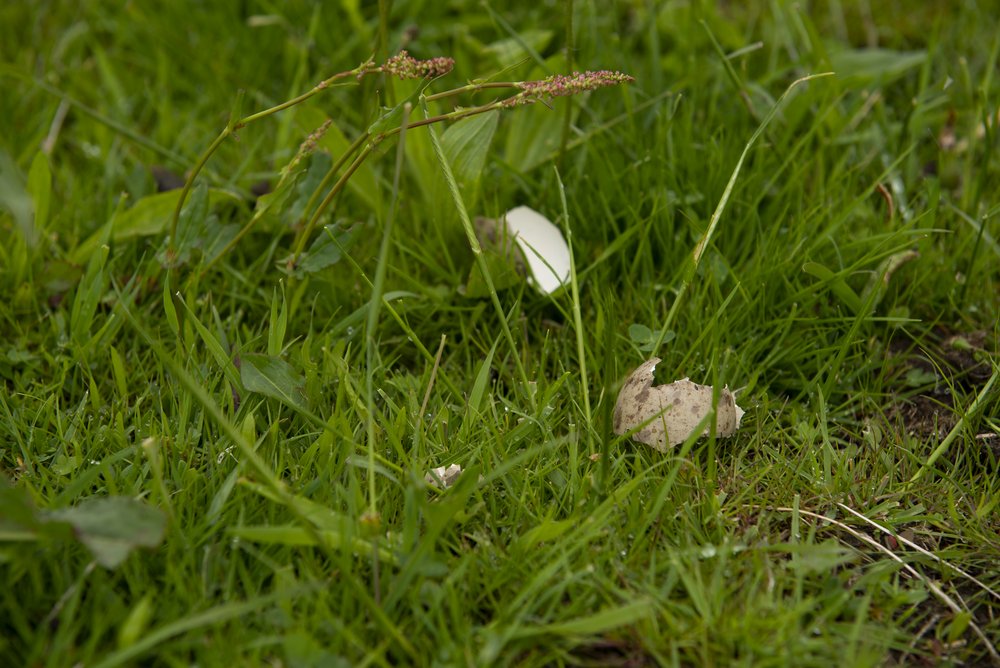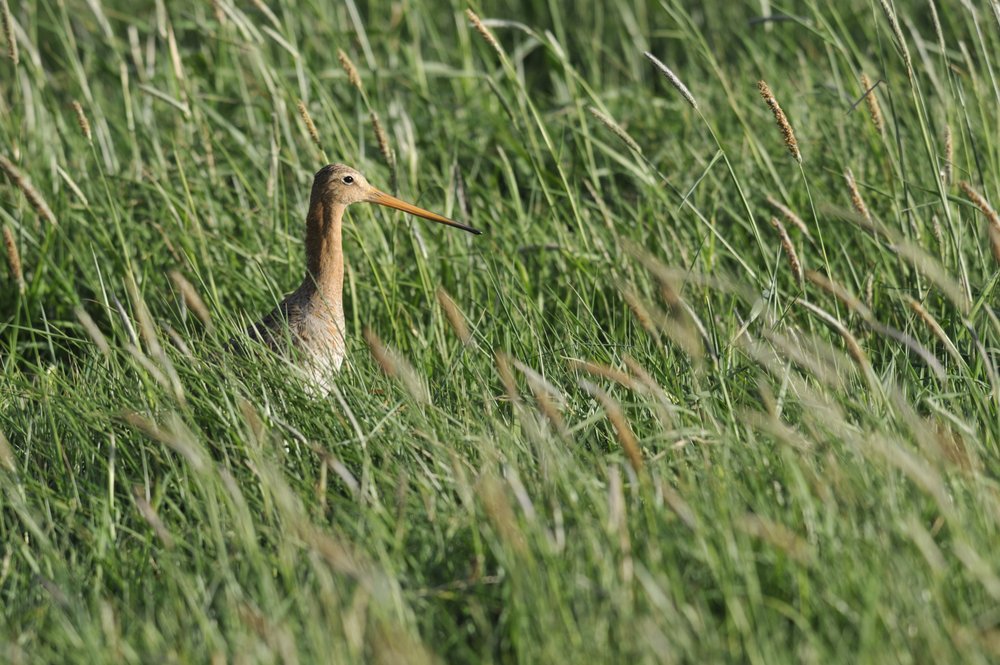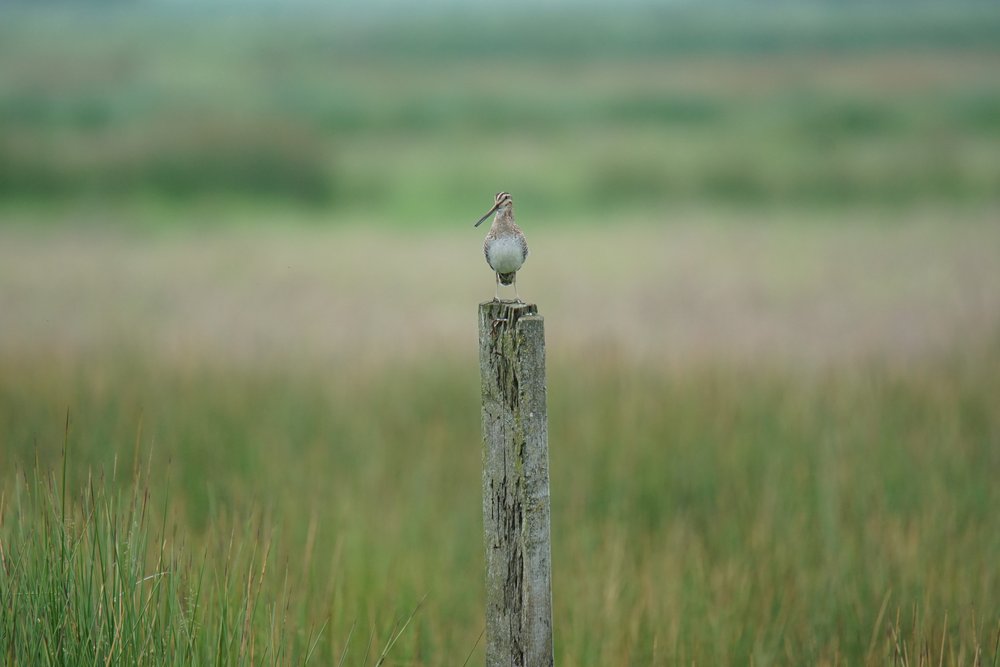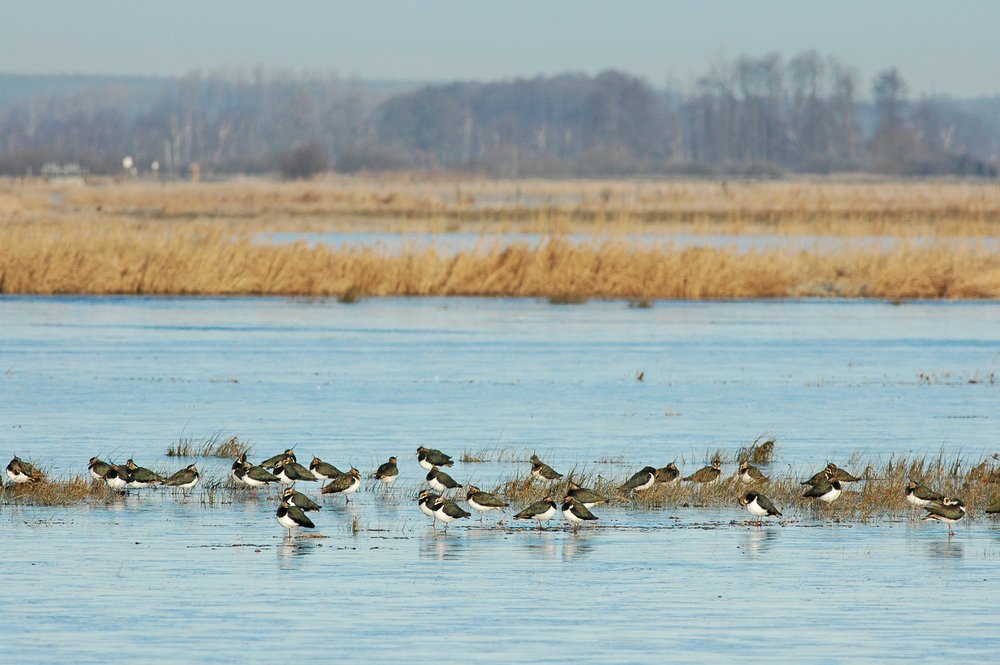The project
About the project
LIFE IP GrassBirdHabitats
The protection of grassland birds, such as Black-tailed Godwits, Lapwings and Curlews, and their habitats are the focus of this project, funded by the European Union under the LIFE programme. The aim is to create and connect optimal breeding areas. To this end, land use must be extensified and water levels optimised.
To network activities more closely in the future and to coordinate measures for successful meadow bird conservation, a Strategic Conservation Plan for meadow bird habitats in Western Europe is being developed. Meadow bird-friendly measures are being implemented in 27 project areas in Lower Saxony and in one large project area in the province of Fryslân.
The project will run for ten years, from November 2020 until October 2030. Its total budget is around 27 million euros, including a 15 million share from the State of Lower Saxony.
As the coordinating beneficiary, the Lower Saxony Ministry for the Environment has commissioned the State Agency for Bird Conservation in the Lower Saxony Water Management, Coastal and Nature Protection Agency (NLWKN) to implement the project.
Partners in Lower Saxony are the Lower Saxony Wadden Sea National Park Administration and the planning office BIO-CONSULT OS. Project partners in the Netherlands are the Province of Fryslân, the University of Groningen, the agricultural collective Collectief Súdwestkust, and the nature conservation association Bond Friese VogelWachten.
Background
Wet grassland breeding birds like the Black-tailed Godwit depend heavily on biodiverse cultivated meadows. However, the intensification of land use practices has created species-poor meadows that are primarily unsuitable for these birds.
Combined with increased predation pressure, this leads to insufficient breeding success and population decline of almost all grassland breeding bird species in Europe.
Nowadays, these migratory birds face similar threats in their non-breeding areas in Southern Europe and West Africa, which accelerates the decline even more.
Policy efforts and conservation measures to counteract this decline at EU level have failed so far. Therefore, strategic actions for conserving wet grassland breeding birds in the Atlantic region are needed, covering breeding sites, stopover sites, as well as wintering areas in West Africa.
With this project, Lower Saxony and Fryslân take on the responsibility to protect wet grassland breeding birds along their entire flyway and counter their decline.
Learn more
What exactly are the objectives of GrassBirdHabitats? What results do we expect? Find detailed answers to these questions below.
